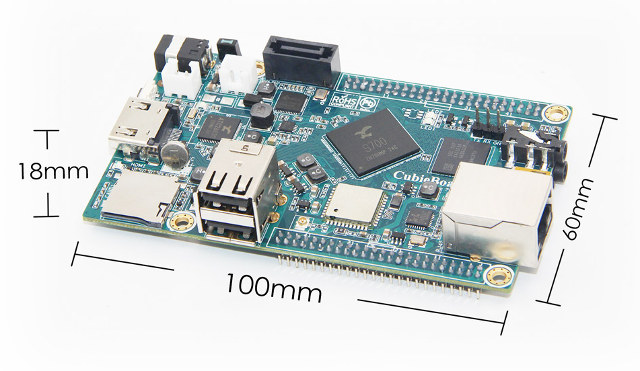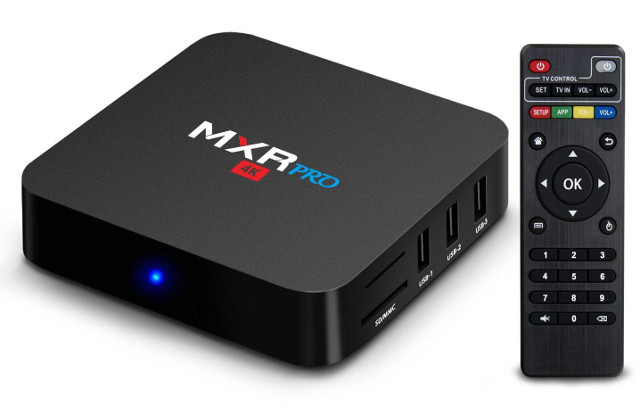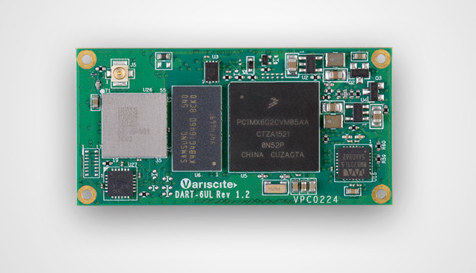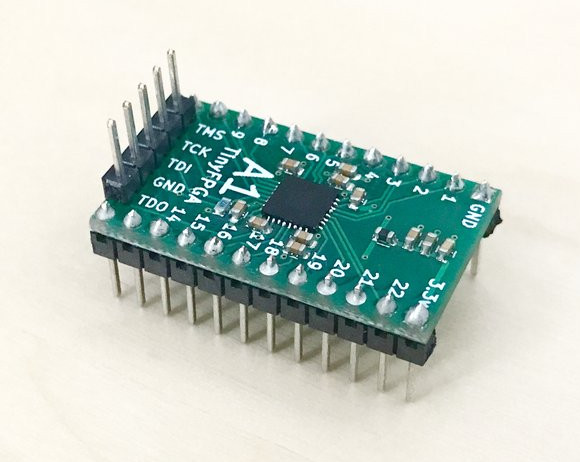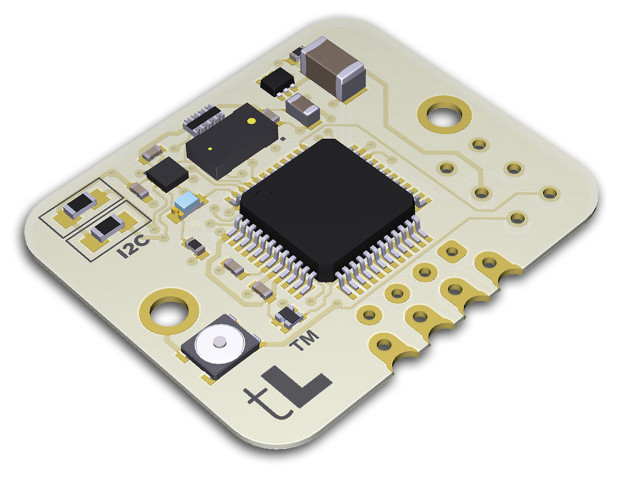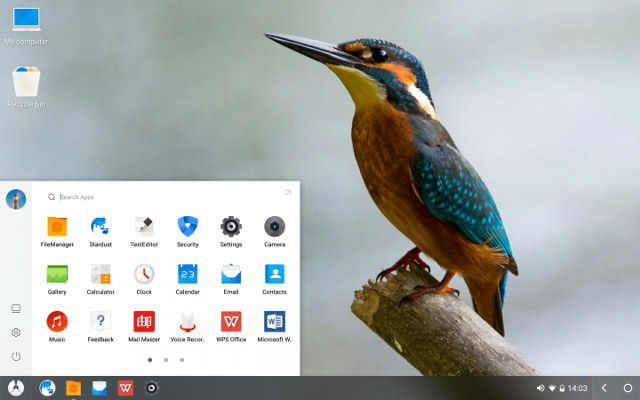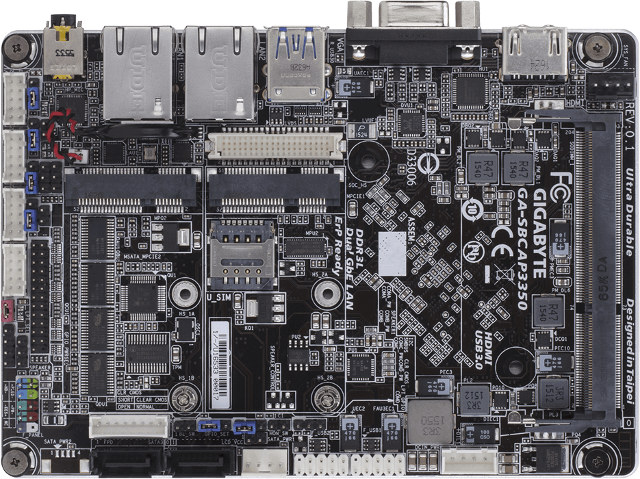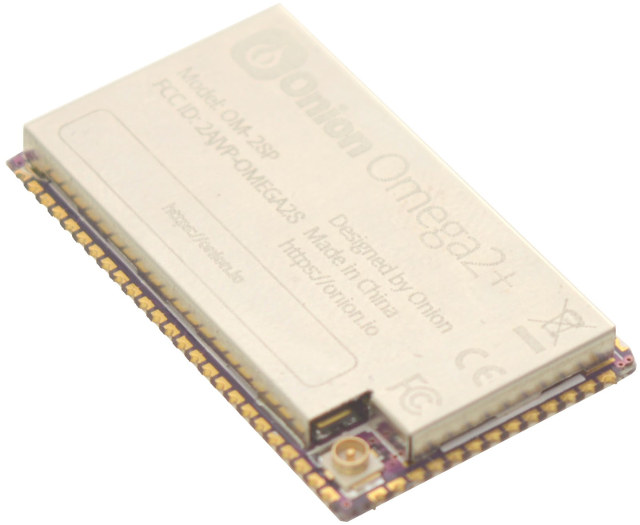Cubieboard6 was announced earlier this year with the same form factor as Cubieboard2 – which was popular a few years ago – by replacing Allwinner A20 with Actions Semi S500 quad core ARM Cortex A9 processor. CubieTech is about to launch Cubieboard7 based on the same design, except for the processor upgrade to the pin-to-pin compatible Actions Semi S700 quad core ARM Cortex A53 processor. I’ve also found out Cubieboard2/6/7 can be connected to DVK522 expansion board to provide easier access more I/Os like LVDS, RGB LCD, VGA, and so on. Let’s start with the Cubieboard7 (CB7) preliminary specifications: SoC – Actions Semi S700 quad core ARM Cortex-A53 processor with Mali-450MP4 GPU System Memory – 2GB LPDDR3 Storage 8GB eMMC flash SATA 3.0 port for 2.5″ HDD/SSD implemented via USB 3.0 switch and JMicron JMS578 USB 3.0 to SATA controller. micro SD card slot up to 32GB Video Output – […]
Rockchip RK3328 based MXR PRO TV Box Boasts 4GB RAM, 32GB Flash
Most users of TV boxes will do just fine with 2 GB RAM, especially with lower end ARM Cortex A53 systems, but if you have somewhat low processing needs, but high memory requirements, MXR Pro TV box powered by Rockchip RK3328 quad core Cortex A53 processor, and running Android 7.1 comes with 4GB RAM, and 32GB storage. MXR PRO 4K TV box specifications: SoC – Rockchip RK3328 quad core Cortex A53 processor @ 1.5 GHz with Mali-450MP2 GPU System Memory – 4GB DDR3 Storage – 32 GB eMMC flash + SD card slot Video Output – HDMI 2.0a up to 4K @ 60 Hz with HDR10 and HLG support, 3.5mm AV port (composite) Video Codec – 4K VP9, H.265 and H.264. 1080p VC-1, MPEG-1/2/4, VP6/8 Audio – Via HDMI, AV port (stereo audio), and 3.5mm coaxial S/PDIF jack Connectivity – 10/100M Ethernet, single band 802.11 b/g/n WiFi USB – 3x […]
Variscite DART-6UL SoM, an Alternative to Intel Edison Module
Intel recently announced it will discontinue manufacturing and selling all SKUs of the Intel® Edison compute modules and developer kits. The initial version of Edison was released in the beginning of 2014, with a second version being released by the end of 2014. It was intended for the IoT market, with dimensions of 35.5x25x3.9mm. The Edison features an Intel Atom processor, consisting of two Atom Silvermont cores running at 500MHz. It includes a fixed configuration of 1GB integrated RAM, and 4GB eMMC flash on-board. Dual-band (2.4GHz and 5GHz) Wi-Fi, Bluetooth 4.0 and USB controllers complete the package. According to Intel’s announcement, the last shipment of Edison family boards is planned for December 2017. This announcement will have a critical impact on companies that already integrated the Edison board in their products, as well as the many companies that engaged in the development process of integrating the Edison board into their products. While some of these companies are rushing to place […]
TinyFPGA is a Breakout Board for Lattice Semi MachXO2 FPGA
We’ve covered several low cost FPGA boards over the years, but if you want a platform with the bare minimum, you may be interested in tinyFPGA breakout board based on Lattice Semi MachXO2 FPGA board that comes with two flavors: A1 with MachXO2-256, and A2 with the more powerful MachXO2-1200 FPGA. TinyFPGA board specifications: FPGA A1 board – Lattice MachXO2-256 with 256 LUTs, 2 kbits distributed RAM A2 board – Lattice MachXO2-1200 with 1280 LUTs, 10 kbits distributed RAM, 64 kbits EBR SRAM, 64 kbits flash memory, and a PLL (See datasheet for MachXO2 family) Built-in flash configuration memory programmable via JTAG I/Os 18 user IOs (21 with JTAGEN) 1x SPI Hard-IP 2x I2C Hard-IPs A2 board only – 1x PLL Hard-IP Power Supply – 3.3V Dimensions – ~3.05 x 1.8 cm You’ll need a JTAG programmer for Lattice FPGA as well as Lattice Diamond software – available for Windows […]
TinyLIDAR is a $15 LIDAR MCU Board based on STMicro VL53L0X Time-of-Flight Ranging Sensor (Crowdfunding)
LIDAR (Light Detection and Ranging) technology is used in autonomous car, drones, and some smartphones, in order to get an object position just like RADAR systems, but instead of using radio frequencies, it relies on infrared signals. High speed, long range LIDAR systems can cost several hundred dollars, but if you’d like to experiment with the technology, or your project would work just fine with 60 Hz scanning and a 2 meter range, tinyLIDAR could be a fun board to play with using Arduino compatible boards. TinyLIDAR specifications and features: LIDAR Sensor ST VL53L0X Time-of-Flight (ToF) ranging sensor 940nm laser VCSEL Up to 2 meters range Up to 60 Hz sampling rate even with Arduino UNO board Up to 3% accuracy with mm precision MCU – Unnamed dedicated 32-bit MCU (likely STM32) used to abstract the ST PAL API into simple I2C commands Host Interface – 4-pin I2C header; re-configurable […]
Phoenix OS 2.1 Android 7.1 based Desktop OS Released for 32-bit and 64-bit x86 Platforms
With Jide’s announcement that they’d stop working on Remix OS for the consumer market, focusing on the enterprise market instead, people who like to use Android as a desktop OS lost an option. Luckily, others have not given up on the concept yet, and Phoenix OS 2.1 based on Android 7.1 with desktop improvements has just been released for computers based on Intel/AMD 32-bit and 64-bit x86 processors. Phoemix OS user interface is a mix between Windows desktop with a desktop, a taskbar, and a start menu, and Android with notifications, and Back/Home/Recent buttons. The OS also supports Android apps, multi-window, window resizing, better multi-tasking, and so on. Changelog for Phoenix OS 2.1: Keyboard mapping updates to version 2.5 with smart casting for Strike of Kings. The bug that window size won’t be saved after restart has been fixed. Enhance the hardware compatibility, including: sound card, network adapter, etc. “Start […]
GIGABYTE GA-SBCAP3350 Celeron N3350 Single Computer Computer Offers Upgradeable Memory and Storage
The other day I wrote about MeLE PCG35 Apo mini PC which comes with soldered RAM and eMMC flash, and one person commented about having a model with more than 4GB RAM, but I explained it would not be cost-effective to add more RAM for low cost Windows 10 mini PCs since they would not qualify for Microsoft discount, and it would significantly add to the price. So Microsoft has a big impact on this market segment, and even if you’re going to run Ubuntu or other Linux distributions, those requirements indirectly affect your choice of hardware. One solution is to buy barebone mini PC, or at least with upgradeable RAM and storage, but there aren’t that many with an Apollo Lake processor. Intel NUC6CAYS NUC or GIGABYTE GB-BPCE-3350 are options, and on the Chinese side, you could consider Voyo V1 VMac Mini. AFAIK, none of those options are fanless, […]
Onion Omega2S and Omega2S+ Linux WiFi Modules Launched for OEMs
Onion Omega2 and Omega2+ are tiny WiFi IoT development boards powered by Mediatek MT7688 MIPS processor running LEDE – OpenWrt fork – that sold for just $5 and up in Kickstarter, but are now selling for $7.50 and $9 respectively. The board also support various add-on boards, and a great for evaluation and various projects. But they may not be ideal for people who want to integrate the technology into their products, and that’s why the company have just launched Omega2S and Omega2S+ with about the same specifications, but in a package more suitable to be integrated into products for mass production. Onion Omega2S/2S+ specifications: WiSoC – Mediatek MT7688 MIPS processor @ 580 MHz System Memory / Storage Omega2S – 64MB DDR2 / 16MB flash Omega2S+ – 128MB DDR2 / 32 MB flash Connectivity – 802.11 b/g/n WiFi with u.FL antenna connector Baseboard Interface – Half holes (aka castellated holes) […]


